NNRG Wraps Up Year-long Project on Biomass & Biofuels
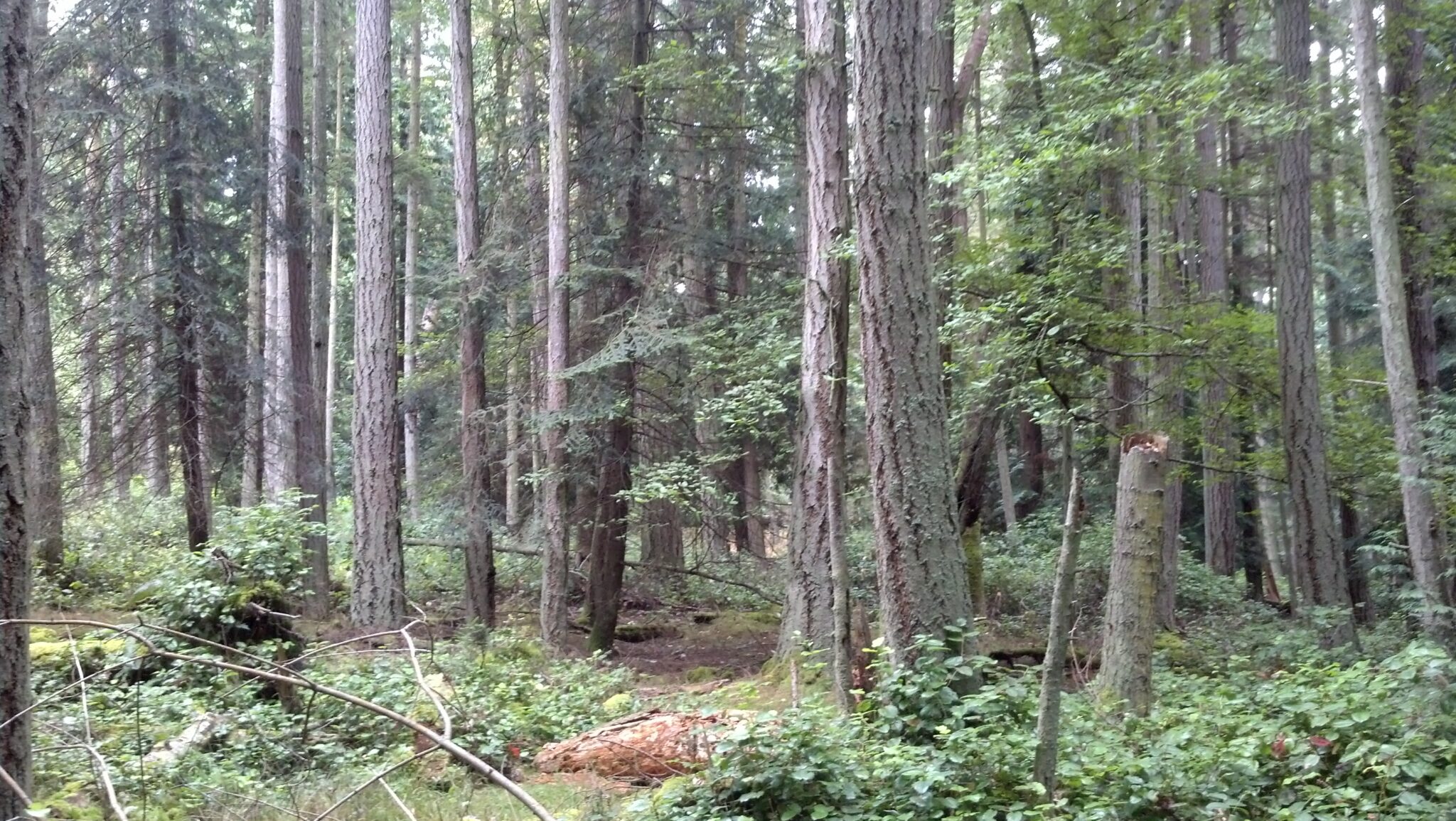
This month, NNRG wrapped up a project to help landowners in the San Juans improve forest health, reduce wildfire risk, and use the slash and woody biomass byproducts in creative and beneficial ways. A focused effort of the project was exploring the potential for local-scale biochar markets in the San Juan Islands and surrounding region. Funded by the USDA Risk Management Agency, the project aimed to reduce wildfire risk and improve productivity for forests and farms throughout the county and the region.
Overstocked Stands in the San Juan Islands
Many forests in the Pacific Northwest are overstocked with trees, to the detriment of their ecological health. This is particularly the case in the San Juan Islands, where dense stands face significant risk from wildfire, insects, and disease. Removing low-value suppressed trees (known as woody biomass or slash) is a critical step to improving individual tree growth (including the growth of future crop trees), enhancing wildlife habitat, and reducing wildfire risk.
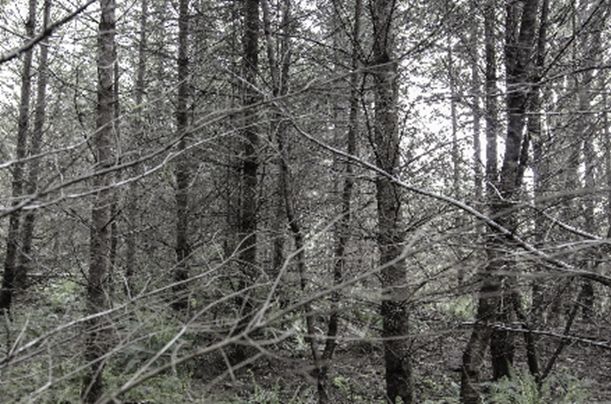
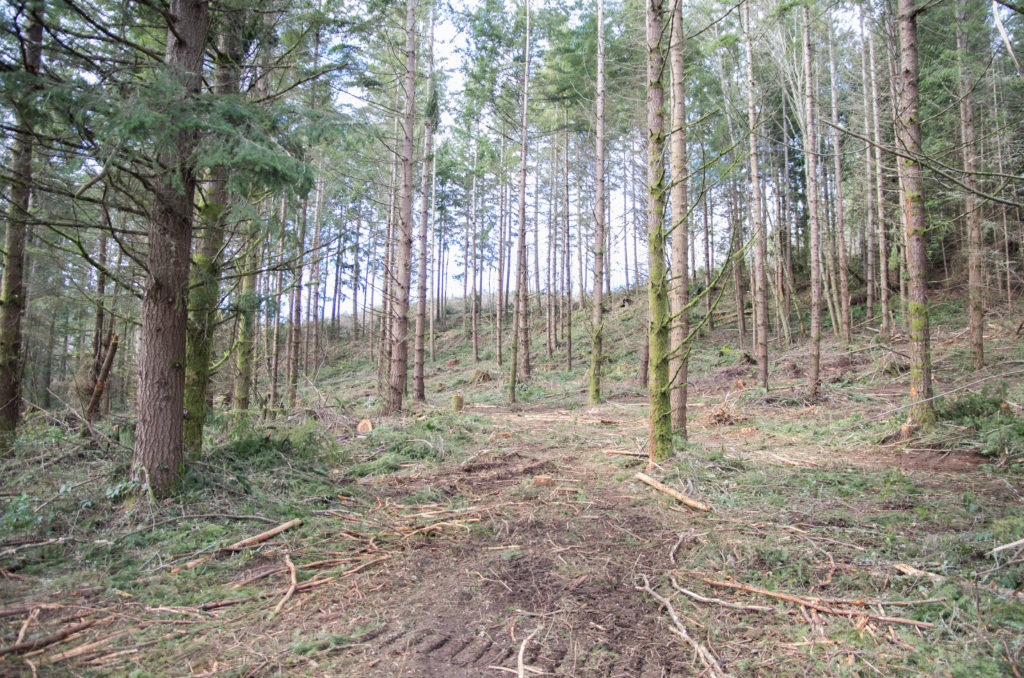
A challenge for forest owners is often what to do with and how to pay for fuels reduction work. The down, dying and dead trees targeted for removal are not big enough to be sawlogs and transporting the material off the islands to a pulp mill costs more than the logs are worth. This is a woody biomass conundrum for many forest owners in rural communities.
A Use for Woody Biomass
One emerging commercial opportunity for woody biomass perceived as “low value” material is to turn it into biochar, a form of charcoal used as a soil amendment.
With enough of a market for biochar, forest owners could recoup the costs of thinning operations by selling biochar made from their forest’s excess woody biomass – creating an incentive for firewise forest management.
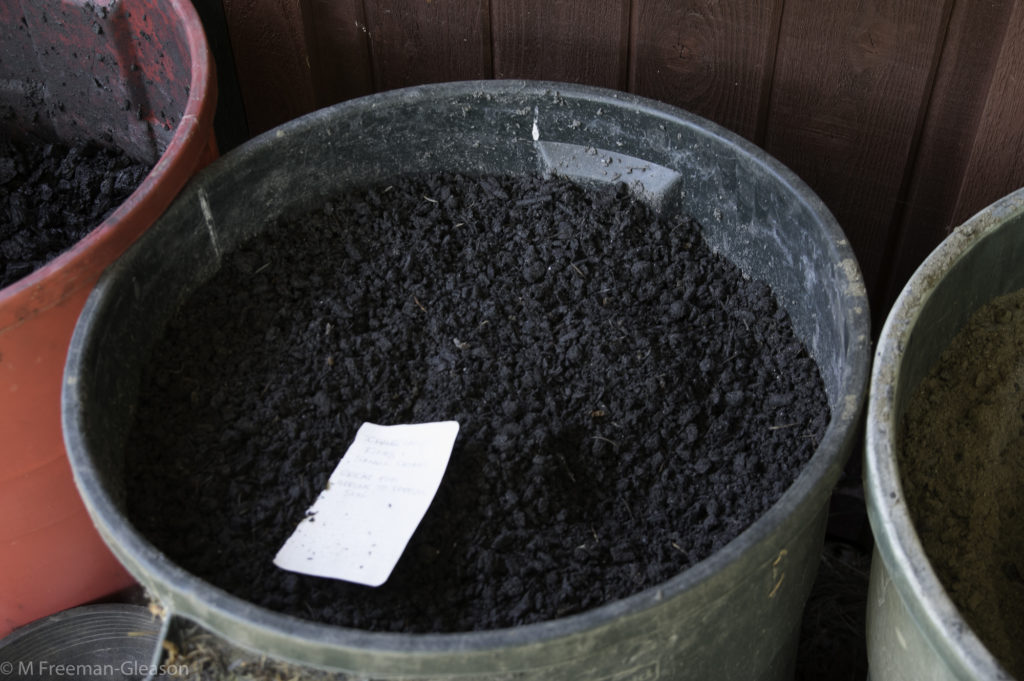
Project Deliverables
The first goal of the woody biomass project was to help forest owners in the San Juans understand the risks presented by biomass accumulation and the management options available to them to reduce that risk. NNRG’s workshop, Thinning Overstocked Stands for Health and Productivity, drew over 45 participants. It included a day-long tour across Orcas Island so participants could learn firsthand how fellow islanders were thinning overstocked stands and creatively using the resulting low-value wood.
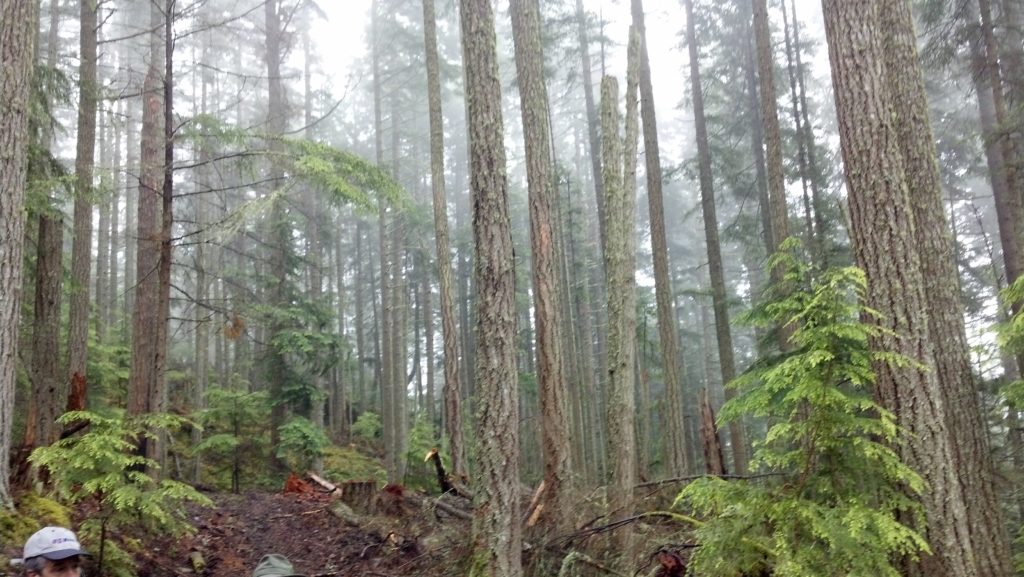
Assessing the volume of woody biomass in a forest is a crucial step in determining what management options to take. NNRG and partners hosted the workshop Measuring Timber and Woody Biomass in San Juan Forests, on Lopez Island and introduced participants to strategies for installing forest inventory plots and collecting data to calculate timber volumes.
To demystify forest inventories even further, NNRG published a guidebook and calculator that provide landowners with a practical inventory system for estimating the volume of timber and woody biomass in their forest. Using these tools, landowners can more easily collect information to inform their forest management decisions.
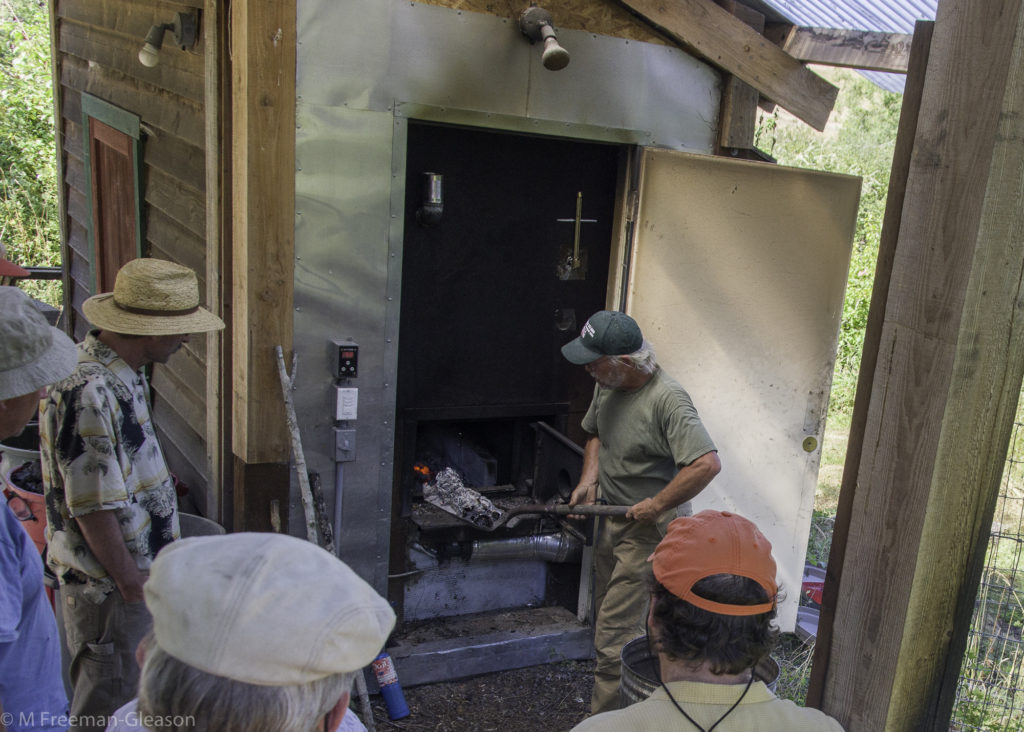
Building on the topics of the tour and field methods class in the next phase of the project, NNRG and partners hosted workshops and conducted small-group trainings on biochar production methods. Throughout the spring, forest owners and farmers participated in How to Manufacture Biochar from Woody Biomass, a class on how to safely and optimally manufacture biochar from thinning slash and the biomass from fuel reduction projects.
Forest owners interested in digging more deeply into the biochar production process can now consult Biochar Production for Forestry, Farms, and Communities a white paper written by Kai Hoffman-Krull and published by NNRG.
An additional objective of the project was to understand the potential market for biochar and bioenergy in the San Juans. In partnership with Kai Hoffman-Krull, NNRG published Biochar Market Analysis for San Juan County and the Pacific Northwest. The paper examines the state of the biochar industry in San Juan County and the greater Pacific Northwest in order to understand if biochar is a growing market, and what potential exists for expansion.
In partnership with Wisewood Energy and San Juan Islands Conservation District, NNRG hosted the workshop, Energy Opportunities for Woody Biomass. Speakers highlighted examples of community-based biomass energy projects from island communities in southeast Alaska to southeast Oregon, and discussed how bioenergy presents an affordable and green option for meeting energy needs.
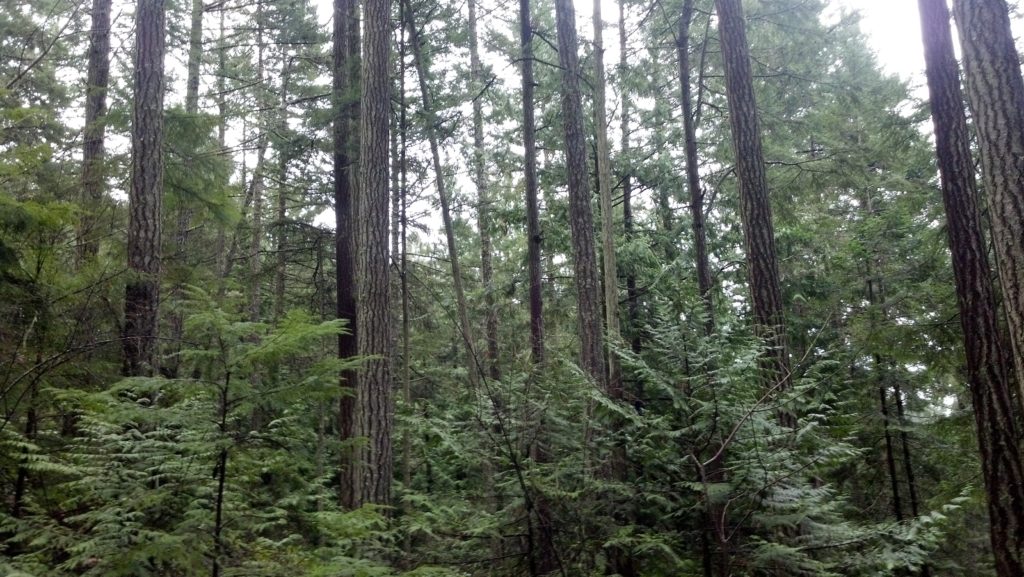
Thanks to funding from the USDA Risk Management Agency, NNRG and partners have empowered hundreds of San Juan County landowners to improve the health and safety of their forests. Through training, technical resources, and onsite demonstrations, more forest owners and producers understand why biomass removal is important and how to accomplish it.
Additional Resources
For more details about NNRG’s work in the San Juans go to: www.nnrg.org/sanjuans
Additional resources on the topics mentioned in this post can be found on the San Juans Resources page and via the links below.
Forest Monitoring & Inventory
Biochar and Biofuels
Resources for San Juans Forest Owners
Forest Management Planning
For more information, go to: www.nnrg.org/sanjuans
Partners & Support
This project was conducted in partnership with:
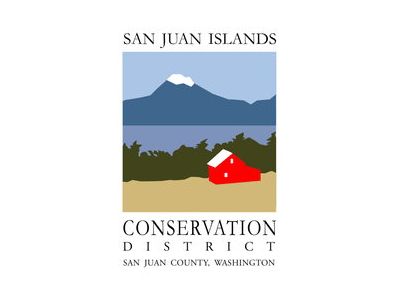
Forage
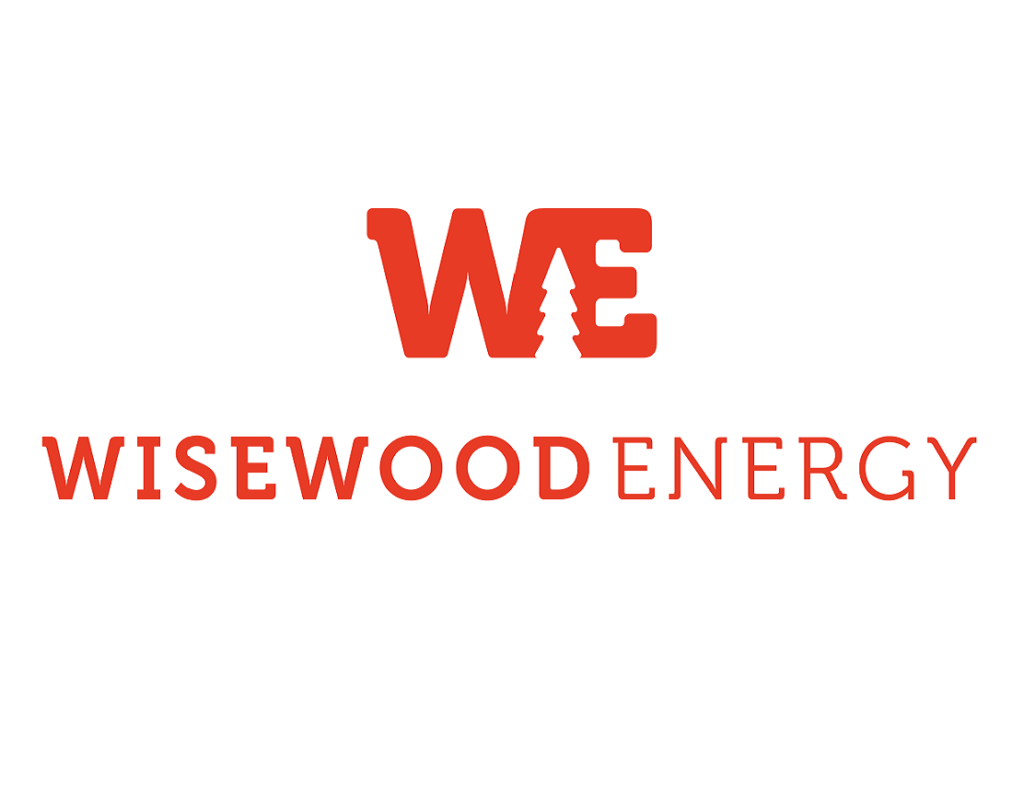
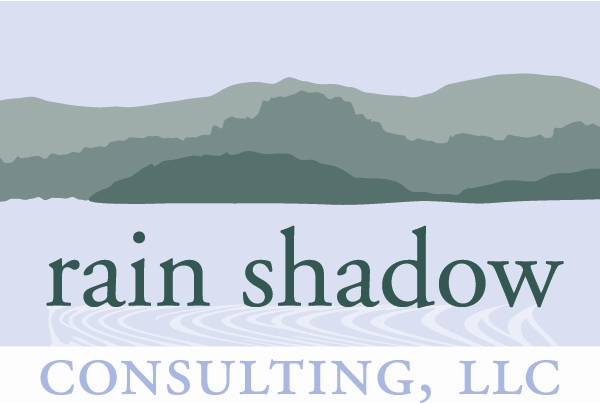
This project received funding support from:

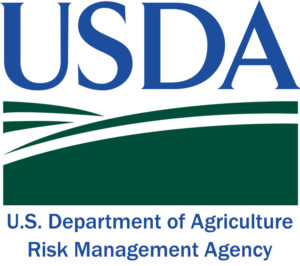
Leave a Reply